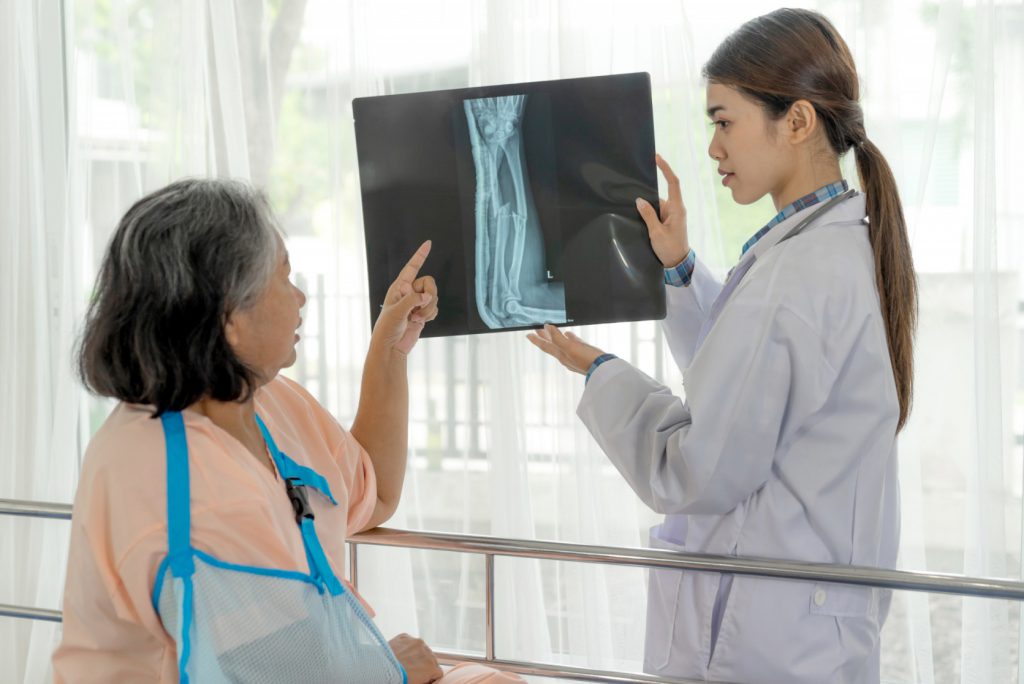
X-ray is a kind of energy-containing radiation. When it penetrates the body, the energy particles, also called photons, are absorbed by the body tissues at different rates, thereby revealing the images and lesions of the organs and tissues in the body. Some high-density tissues such as bone tissue can block X-rays and appear white or gray on X-ray images.

The convenience and simplicity of X-ray imaging make it ideal for various medical diagnoses and preliminary screenings. The most common examination is used to diagnose bone (such as fractures, arthritis, etc.) and lung diseases (such as pneumothorax, pneumothorax, etc.) pneumonia, hydrops in the lungs, etc.), and abdominal X-rays can also help diagnose digestive tract problems (such as intestinal obstruction, etc.).Safety instructions
